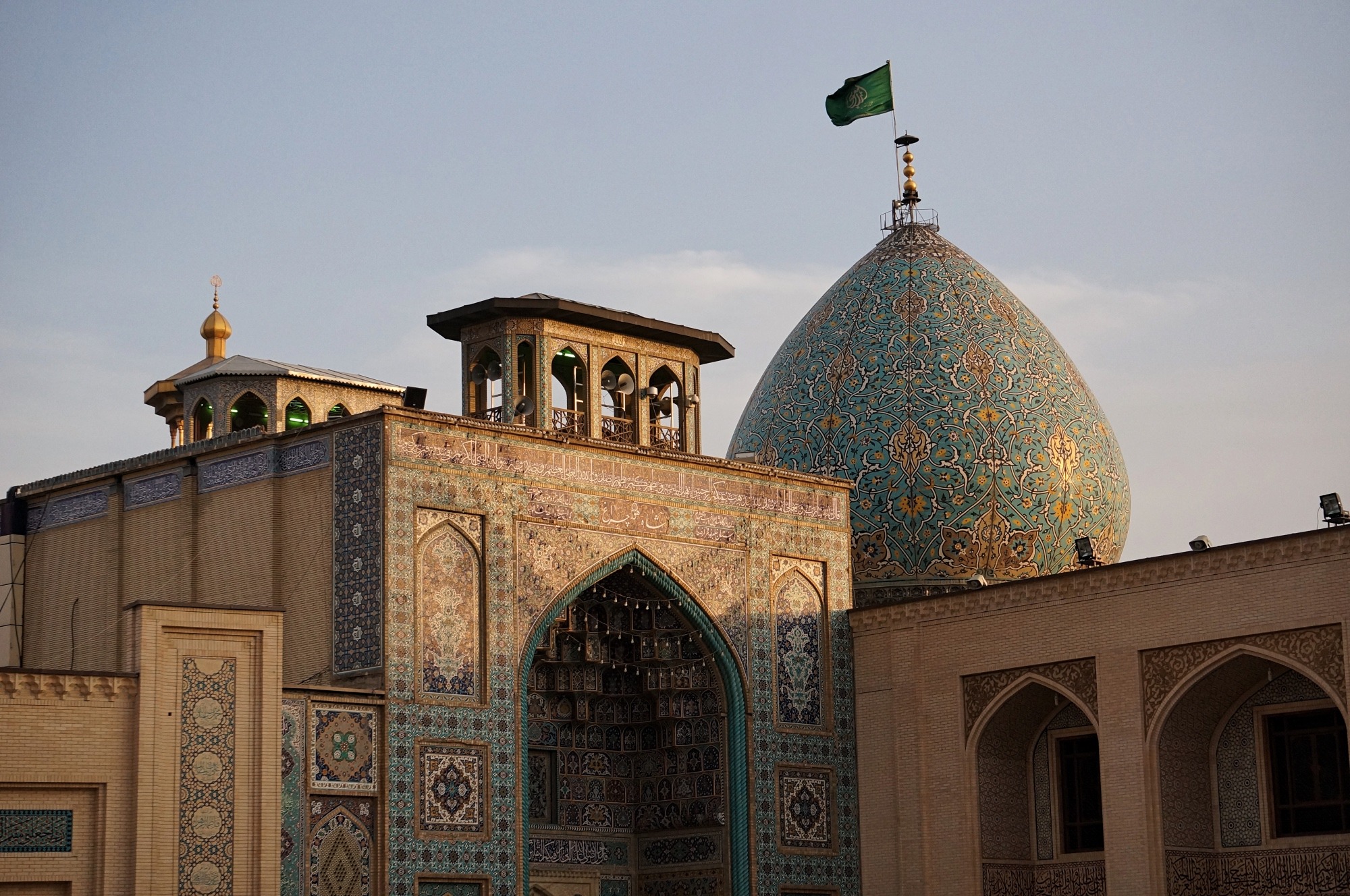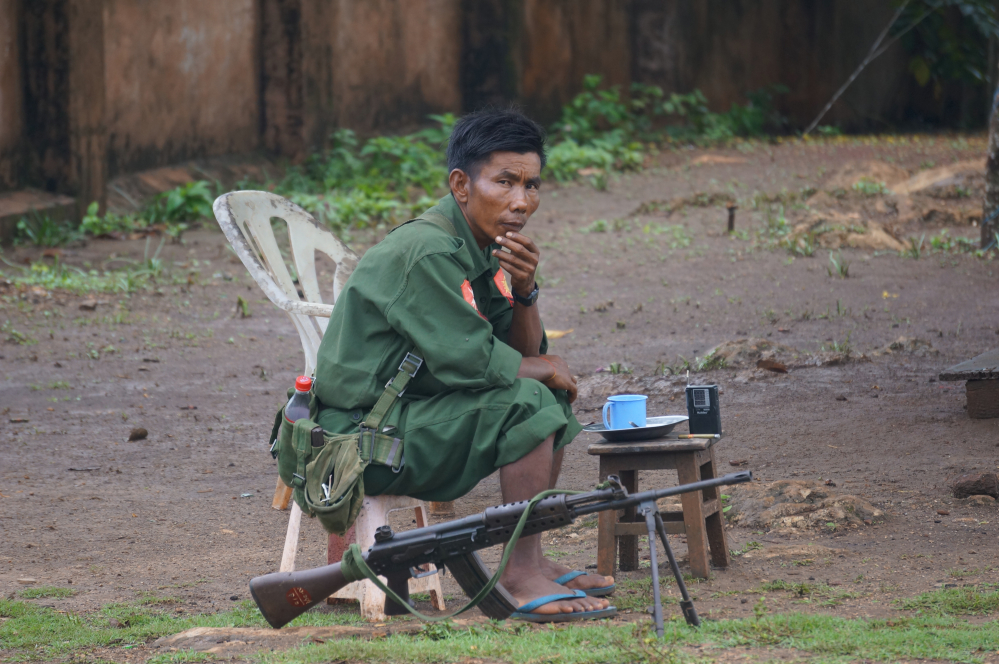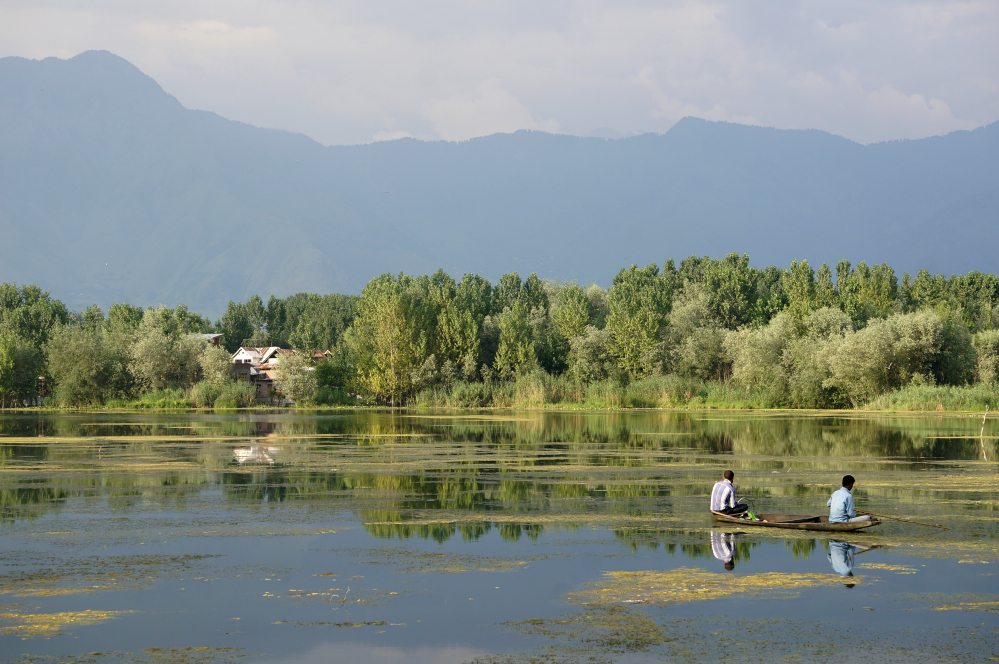The preparation for my trip to the ‘Islamic Republic of Iran’ was not without preconceptions and warnings. In recent history, Iran has been associated with the ‘Axis of Evil’, public executions and nuclear weapons. Prior to my departure, I was aware of the severe reputation that precedes the country and its theocratic regime. I had heard stories of religious, racial and political persecution from asylum seekers and refugees. I had heard people could be imprisoned for what we would consider trivial matters: drinking alcohol, attending parties, or playing rock music. At the time I planned to travel to Iran, the Australian Department of Foreign Affairs and Trade (DFAT) advised to “reconsider your need to travel” due to ongoing regional tensions and the threat of terrorist attacks against Western interests in Iran. When I changed my money into US dollars the teller asked: “Why are you going there?” Her concern regarding Iran was echoed by many of my Australian friends. But the people I talked to who had travelled to Iran expressed only envy and excitement. They praised the hospitality of the people, the food and the cities, and the experience in general. Indeed, one of the questions I was asked most while in Iran was:
“Why are people scared of Iran?”
I am not going to declare Iran a completely safe country and say the DFAT warnings are bogus, but I do recommend you visit the place and see for yourself.
After publishing a story on partying in Iran in December 2015 in VICE, I received a large number of emails requesting advice on how to visit the country. What became clear to me is that many people are curious about travelling to Iran but lack the practical knowledge on how to do it. Many of the people were unsure how an Islamic theocracy deals with tourists. One man asked me if he could hold his girlfriend’s hand on the street (the answer is yes). I don’t usually write ‘travel guides’ but I decided to write a short piece on my experiences in getting to Iran in September 2015, mainly to minimise the amount of time I spend responding to emails.
So here are some practical tips to help you prepare for your trip to the Islamic Republic:
For Australian and most European passport holders it is possible to obtain a 30-day visa on arrival in Iran (this was previously a 15-day visa). This is advisable as obtaining a visa before leaving is complicated and difficult. To apply for a visa (with the Iranian Embassy in Canberra) in advance of your trip, you need to obtain a Visa Reference Number through the Iranian Ministry of Foreign Affairs. To do this you need an invitee (sponsor) to contact a travel agent in Iran and complete an invitation form to submit to the Iranian Ministry of Foreign Affairs. I asked one of my Iranian friends to assist but he politely declined, suggesting that my reputation might endanger or cause trouble for his family. I had many contacts in Iran and Australia to help me with this process but it was still difficult. I ended up running out of time to complete the visa process and obtained a visa on arrival instead. NB: if you have any evidence of travel to Israel, including an Israeli exit or entry stamp in your passport, you will be refused entry to Iran.
If you do apply for a visa on arrival don’t forget copies of your travel itinerary and travel insurance certificate. Visas can be extended at tourism offices in a number of Iranian cities: Esfahan, Shiraz, Tehran, Tabriz, to name a few. The larger cities or tourist locations are renowned for being busy. I arranged a visa extension with relative ease in Yazd. Visas can be extended more than once. I was told they could only be extended within a few days of expiry; however in my experience this was negotiable.
Bring cash. While I was in Iran, international bankcards didn’t work in Iranian ATMs. For this reason I took A$2000 in cash with me for a 3 week trip. That may seem like a large amount of money, and I did return to Australia with a large portion of that amount, but the thought of running out of funds in Iran was not a scenario I wanted to entertain. Plus, I could have spent A$2000 in Esfahan’s markets alone.
As Iran is an Islamic Republic, there are strict laws and customs governing dress codes, socialising with the opposite gender, live music, art and creativity, consumption of alcohol, and parties. Alcohol cannot be purchased, legally. There are no official nightclubs or bars. Travel websites advise that shorts aren’t allowed to be worn by men, which at least makes packing a breeze. Short-sleeved shirts are fine. Women are expected to wear headscarves to hide their hair, shawls to cover bare shoulders, and in general not expose too much skin. Much of the time it can be difficult to tell what is law and what is custom or tradition. Although I never saw this, I was advised that there is a religious police force in Iran that can be quite strict in more conservative areas.
It is important to keep these laws and customs in mind prior to arriving in Iran, but don’t let it dissuade you from visiting. In my VICE article, I explored the concept of the Iranian ‘double life’: that many people in Iran lead very different private and public lives. The reality is that not everyone in Iran lives like a devout Muslim and many Iranians break the laws and customs, some frequently. This doesn’t mean you can treat the place like a full-moon party but it does mean you won’t get arrested for exposing a bare ankle.
As I continue my writing in future posts on Iran, be assured you will see a country that is completely different to the Iran depicted in most Western representations.




Great pictures Mark. So is this strictly from a male point of view? Are there and restrictions for females other than a scarf and modest dress.
Hi Kate, there are definitely more restrictions on both sexes that I will explore in more posts. This is purely an introduction to getting to Iran which I tried to keep concise. In terms of dress code for women, singlet tops and shorts are definitely not appropriate. I would recommend long skirts or pants. Singlets were worn by foreign women but they covered their bare shoulders with shawls etc. Some areas were more conservative than others: compare Ghom to Tehran. Hope that helps. Any more questions, feel free to ask.
great post very good 🙂